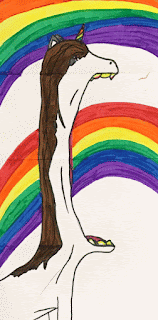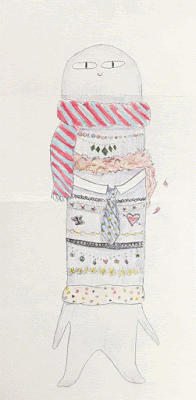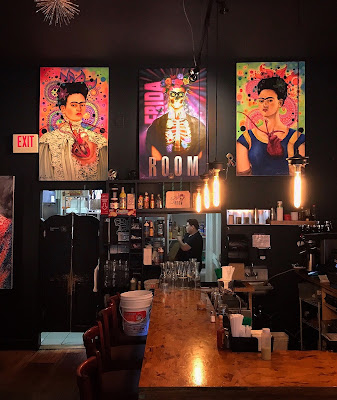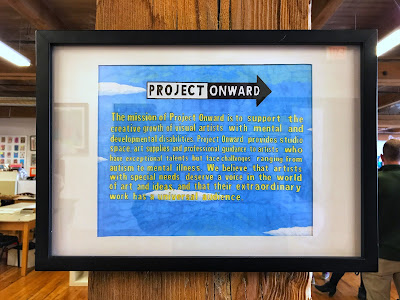My guest this week in the Case Space is Brooks Middle School's very own Mr. Grimaldi, 6th grade science educator. Every day he enters the classroom, he's accompanied by an astonishing collection of top quality pencils. But let's not jump the gun and call him a collector. Although he has acquired a significant amount of beautiful writing instruments, his intent has always been to utilize them, not to let them sit collecting dust.
There is no greater evidence than with his use of Field Notes, pocket notebooks. Mr. Grimaldi can fill up a 48 page book faster than anyone I know. Writing has become a daily habit, and a way to connect with his family and experiences. Just ask him, he'd be happy to tell you how he uses them. His routine transcends the rich tradition of writing down facts, creating lists, and documenting events. Mr. Grimaldi's Field Notes are a collection of tiny scrapbooks, loaded with pictures and text. They are tiny history books, broadening his scope of life's events. They await a moment in the future, that will aid in the recall of events both passive and pivotal.
Through the consistent use of a variety of pens and pencils, Mr. Grimaldi has had first hand experience with the quality and feel of different types of wood and graphite. He prefers soft graphite. And long point sharpeners. And tip protectors. And vintage pencils. And experience. And sharing.
Here we go. This is a detailed endeavor. Read. Re-read. Absorb. Reflect. Question. Research. Enjoy.
Mr. Grimaldi: "I chose my pencil case. Being new to the world of pencils, when I first started it was Palomino Blackwings all the time. They are generally longer than most common pencils, so I wanted to find a case that would hold unsharpened Blackwings. The Lihit Lab Pen(cil) case does just that."
"So, what's in there? Tell me a little bit about what's stored inside."
Mr. Grimaldi: "At first, it was just Palomino Blackwings. I have acquired every iteration of the limited edition Blackwing Volumes as well as the regular releases (602, Pearl, and MMX). One of each is with me at all times. I was recently introduced to other great pencils, and now I carry a variety of Tombow, Mitsubishi, Viking, and Nataraj along with my Blackwings. I carry about 30 pencils with me in my Gali Teck Tactical Backpack.
I started with loving the more firm cores from Blackwing, such as those found in the vol. 24 and vol. 54. As I've evolved as a writer, I love the darker lines of the softer leads from Blackwing, such as their balanced and soft cores. With other pencils that use traditional graphite grades, I prefer B and 2B in non-Japanese pencils. The HB grades in most Japanese pencils are much darker, so I don't mind the HBs from Tombow and Mitsubishi."
Mr. Grimaldi: "My favorite changes daily. I am currently calling my favorite the newest Blackwing Volume, the 33 1/3. It is a matte black pencil with a matte ferrule and black erasure. The foil stamp of Blackwing and Volume # stands out very well on the matte finish. The core is that of the Blackwing Pearl, so the 2nd softest core they make, and it writes like butter. It is so smooth and dark...could be my all time favorite at the moment. But if you ask me next week, it will probably be different."
"Do you have a pencil/pen recommendation for others?"
Mr. Grimaldi: "Plaomino Blackwings are rather expensive for an everyday pencil, so I would recommend the Tombow Mono, Tombow 2558, Tombow 8900, Mitsubishi 9800, or the Mitsubishi 9850 or 9852. In terms of pens, I have found a new love...the Retro 1951 Tornado Rollerball. It is a hefty pen, and I used a Schmidt .5 rollerball refill. It is wonderful."
"What's missing? Is there anything on your wish list that you'd like to add to your case?"
Mr. Grimaldi: "I've been fortunate enough to be able to get whatever I want for my pencil case. As of now, I don't have anything on my wish list."















































